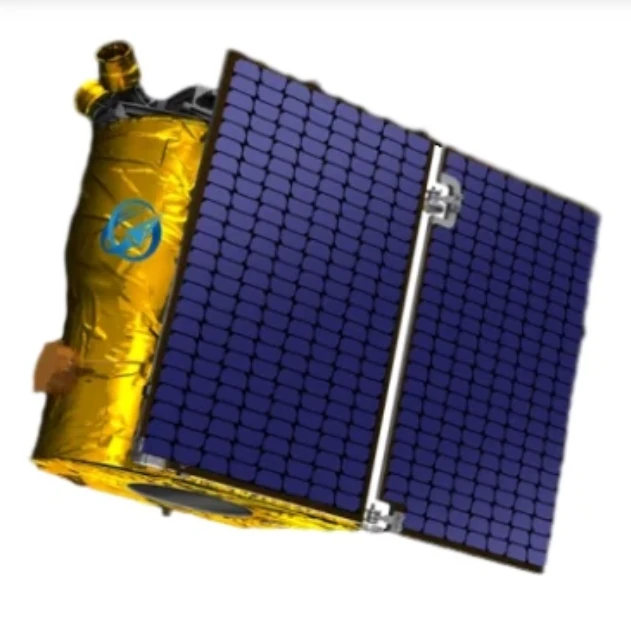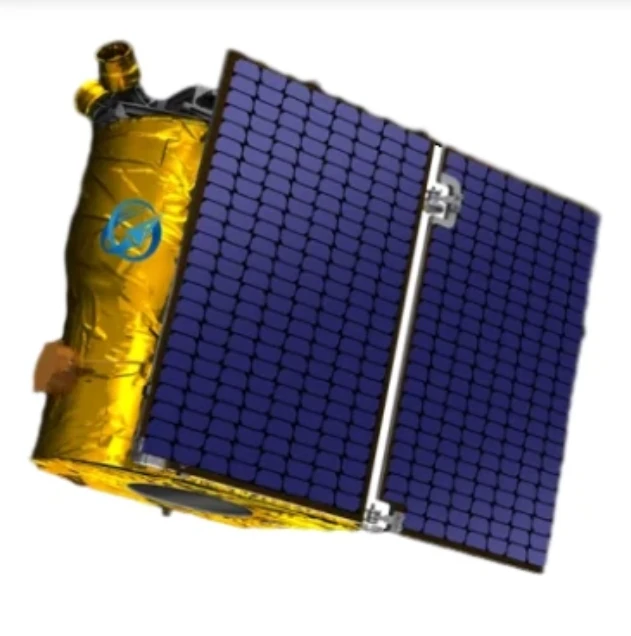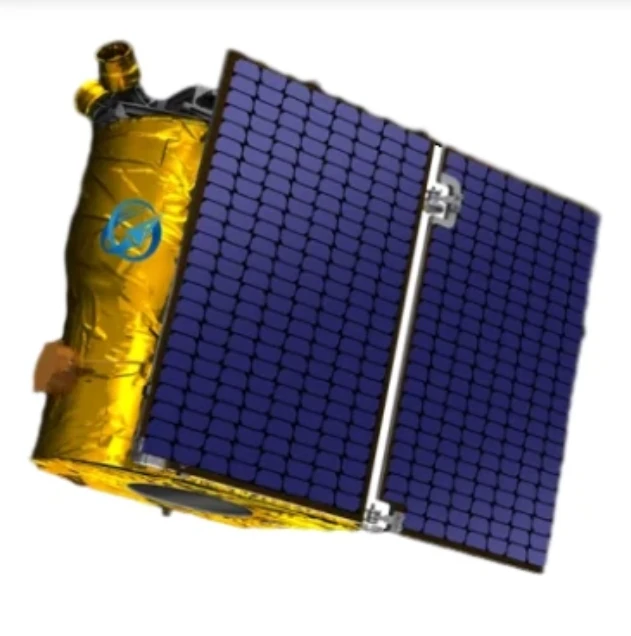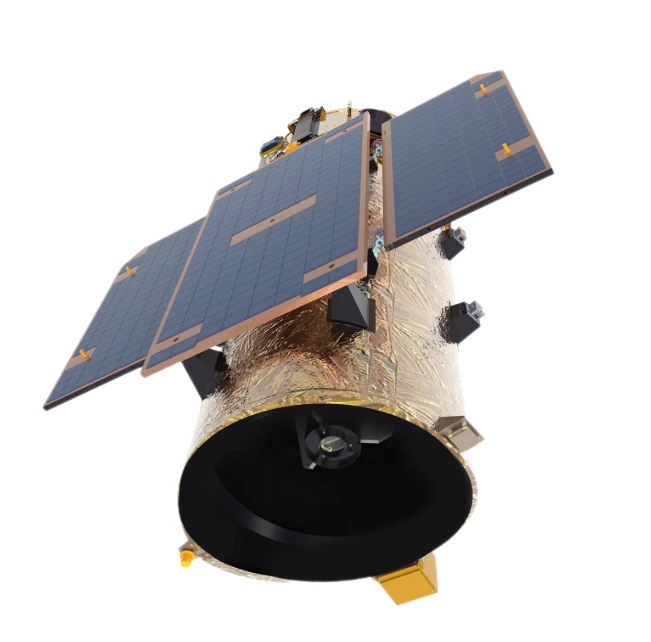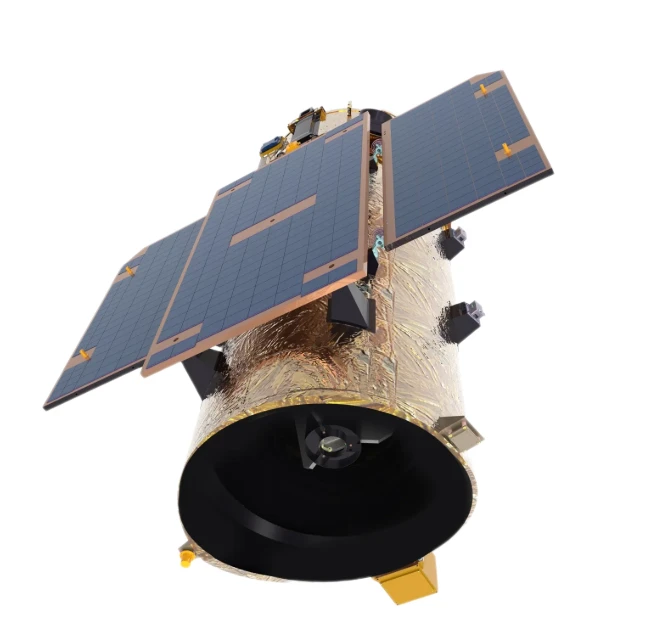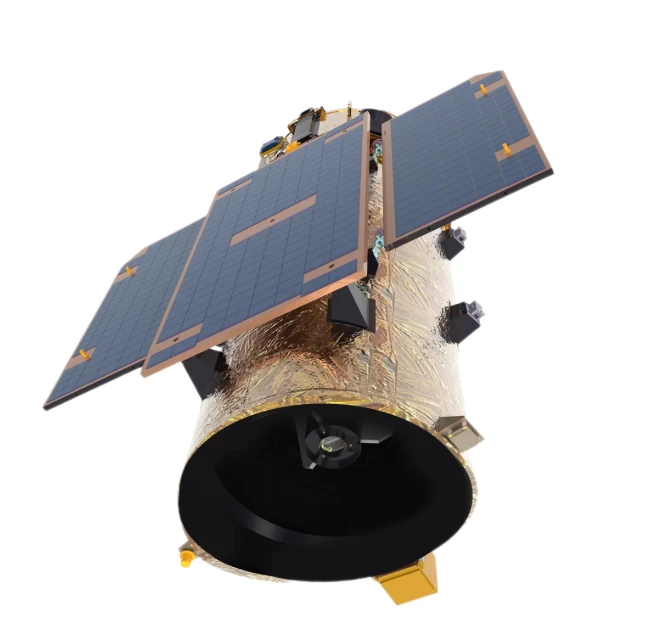
- ອາຟຣິກາ
- ອານບານີ
- Amharic
- ອາຣັບ
- ອາເມເນຍ
- ອາເຊີໄບຈັນ
- Basque
- ເບລາຣຸດ
- ເບັງກາລີ
- ໂບສເນຍ
- ບຸນກາຣີ
- ຄາຕາລານ
- ເຊບູອາໂນ
- ຈີນ
- Corsican
- ໂຄຣເອເຊຍ
- ເຊັກ
- ເດັນມາກ
- ໂຮນລັງ
- ພາສາອັງກິດ
- ເອສເປີຣັນໂຕ
- ເອສໂຕເນຍ
- ຟິນແລນ
- ພາສາຝຣັ່ງ
- Frisian
- ກາລິຊຽນ
- ຈໍເຈຍ
- ເຢຍລະມັນ
- ກຣີກ
- ກູຈາຣາຕີ
- ເຮຕີ ຄຣີໂອ
- ໂຮຊາ
- ຮາວາຍ
- ເຮັບເຣີ
- ບໍ່
- ແມ້ວ
- ຮັງກາຣີ
- ໄອສແລນຕິກ
- ອິກໂບ
- ອິນໂດເນເຊຍ
- ໄອແລນ
- ອິຕາລຽນ
- ພາສາຍີ່ປຸ່ນ
- ພາສາ Javanese
- ແຄນນາດາ
- ຄາຊັກ
- ຂະເໝນ
- ຣູວັນດາ
- ເກົາຫຼີ
- ຊາວເຄີດ
- ກີຈີສ
- ແຮງງານ
- ລາຕິນ
- ລັດເວຍ
- ລິທົວເນຍ
- Luxembourgish
- ມາເຊໂດເນຍ
- ມາລາກາຊີ
- ມາເລ
- ມາລາຢາລາມ
- Maltese
- Maori
- Marathi
- ມົງໂກລີ
- ມຽນມາ
- ເນປານ
- ນໍເວ
- ນໍເວ
- ໂອຊິຕັນ
- ພາສໂຕ
- ເປີເຊຍ
- ໂປໂລຍ
- ພາສາປອກຕຸຍການ
- ປັນຈາບີ
- ໂຣມາເນຍ
- ພາສາລັດເຊຍ
- ຊາມົວ
- Scottish Gaelic
- ເຊີເບຍ
- ພາສາອັງກິດ
- ໂຊນາ
- ຊິນດີ
- Sinhala
- ສະໂລວັກ
- ສະໂລເວເນຍ
- ໂຊມາລີ
- ແອສປາໂຍນ
- ຊູດານ
- ສະວາຮິລີ
- ຊູແອັດ
- ພາສາຕາກາລັອກ
- ທາຈິກ
- ທະມິນ
- ທາຕາ
- ເຕລູກູ
- ໄທ
- ຕວກກີ
- ເຕີກເມັນ
- ອູແກຣນ
- ອູດູ
- ອູຍເກີ
- ອຸສເບກ
- ຫວຽດນາມ
- ເວນ
- ຊ່ວຍເຫຼືອ
- ຍິດ
- ໂຢຣູບາ
- ຊູລູ
Gallium Arsenide Solar: A New Era in Solar Energy
In the ever-evolving world of renewable energy, Gallium Arsenide Solar technology is quickly emerging as one of the most promising advancements. Known for its higher efficiency and potential for integration into diverse applications, Gallium Arsenide Solar cells are set to transform how we harness solar power. Let’s explore why this technology is capturing attention and how it can reshape the future of solar energy.

What is Gallium Arsenide Solar?
Gallium Arsenide Solar refers to solar cells made using the compound Gallium Arsenide (GaAs), a semiconductor material with exceptional electrical properties. These cells are designed to convert sunlight into electricity with much higher efficiency than traditional silicon-based solar cells. The unique composition of Gallium Arsenide Solar makes it highly effective in harnessing a broader spectrum of sunlight, from infrared to ultraviolet, offering significantly more power output in a smaller footprint.
The high efficiency of Gallium Arsenide Solar is attributed to its ability to operate in a wide range of environmental conditions, including high temperatures, making it an ideal choice for advanced solar technologies. GaAs-based solar cells are widely used in space applications, but recent innovations are bringing these high-performance cells to Earth, where they can provide more energy-efficient and reliable solutions for both residential and industrial energy systems.
Why is Gallium Arsenide Solar Important?
The importance of Gallium Arsenide Solar lies in its breakthrough efficiency compared to traditional silicon-based solar cells. While conventional solar cells typically achieve an efficiency of around 15-20%, Gallium Arsenide Solar cells can reach efficiencies above 30%, with some reaching up to 40%. This makes them one of the most efficient materials for converting solar energy into electricity, which is critical for meeting the growing demand for renewable energy.
Another key advantage of Gallium Arsenide Solar is its ability to perform well in harsh environments. Unlike silicon cells, which can degrade over time when exposed to extreme conditions, Gallium Arsenide Solar cells are more resistant to temperature fluctuations and radiation. This makes them ideal for use in remote areas, such as off-grid locations, or in extreme environments like space, where traditional solar technologies might not survive.
The development of Gallium Arsenide Solar is crucial for pushing the limits of solar energy generation, providing a more sustainable and efficient alternative to fossil fuels and enabling the transition to cleaner energy sources.
Applications of Gallium Arsenide Solar
The applications of Gallium Arsenide Solar are diverse and rapidly expanding. One of the most notable uses is in space exploration. Since Gallium Arsenide Solar cells are capable of generating high amounts of energy in extreme conditions, they are the preferred choice for powering satellites, spacecraft, and other space-based technology. These solar cells are reliable and durable, ensuring a continuous energy supply for missions lasting years without the need for maintenance.
On Earth, Gallium Arsenide Solar cells are increasingly being used in advanced solar power systems. Their high efficiency makes them suitable for rooftop solar panels in areas where space is limited or in regions with low sunlight. Gallium Arsenide Solar is also becoming a viable option for use in solar farms, where large-scale energy generation is needed to meet the growing demand for renewable power.
Additionally, Gallium Arsenide Solar has found applications in the automotive industry, where it is used in solar-powered vehicles and electric cars to extend driving range. The material’s efficiency is beneficial for applications that require compact, lightweight energy sources, and it plays an important role in enhancing the performance of next-generation electric vehicles and renewable energy storage systems.
The Future of Gallium Arsenide Solar
The future of Gallium Arsenide Solar is incredibly bright, with ongoing research and technological advancements pushing the boundaries of what’s possible. As the cost of manufacturing Gallium Arsenide Solar cells decreases and production methods become more scalable, this technology is expected to become more accessible for large-scale commercial use. Over time, Gallium Arsenide Solar could become a mainstream alternative to traditional solar technologies, offering an even more efficient and sustainable solution to global energy needs.
One of the most exciting prospects for Gallium Arsenide Solar is its potential role in integrated energy solutions. As part of smart cities or integrated power grids, Gallium Arsenide Solar cells could help create self-sustaining systems where solar energy is used more efficiently, reducing reliance on non-renewable sources. Moreover, these cells could be combined with other technologies, such as energy storage systems, to provide consistent, clean power, even when the sun isn’t shining.
The rise of Gallium Arsenide Solar could also pave the way for more sustainable transportation options. With further advancements, solar-powered vehicles and buildings could become more common, significantly reducing carbon emissions and increasing energy efficiency. As research continues, Gallium Arsenide Solar has the potential to play a central role in the global transition toward a greener, more energy-efficient future.
Gallium Arsenide Solar FAQs
What makes Gallium Arsenide Solar more efficient than silicon solar cells?
Gallium Arsenide Solar cells are more efficient than silicon-based cells because they can absorb a wider range of the solar spectrum, including infrared and ultraviolet light. This allows them to convert more sunlight into electricity, resulting in higher efficiency and energy output.
Can Gallium Arsenide Solar cells be used in space?
ແມ່ນແລ້ວ, Gallium Arsenide Solar cells are widely used in space applications, such as powering satellites and spacecraft. Their high efficiency and resistance to extreme conditions make them the ideal choice for space missions.
Are Gallium Arsenide Solar cells more expensive than silicon solar cells?
Currently, Gallium Arsenide Solar cells are more expensive to produce than silicon cells due to the cost of raw materials and manufacturing processes. However, as technology advances and production scales up, the cost is expected to decrease, making them more affordable for wider use.
What industries are using Gallium Arsenide Solar?
Gallium Arsenide Solar is used in several industries, including space exploration, renewable energy, automotive (for solar-powered vehicles), and electronics. Its efficiency and durability make it suitable for a variety of applications in both commercial and industrial sectors.
What is the future potential of Gallium Arsenide Solar?
The future of Gallium Arsenide Solar looks promising, with continued advancements in manufacturing techniques, cost reduction, and energy efficiency. As the technology becomes more affordable, it has the potential to revolutionize the solar energy industry and play a key role in the transition to cleaner, more sustainable energy sources.






